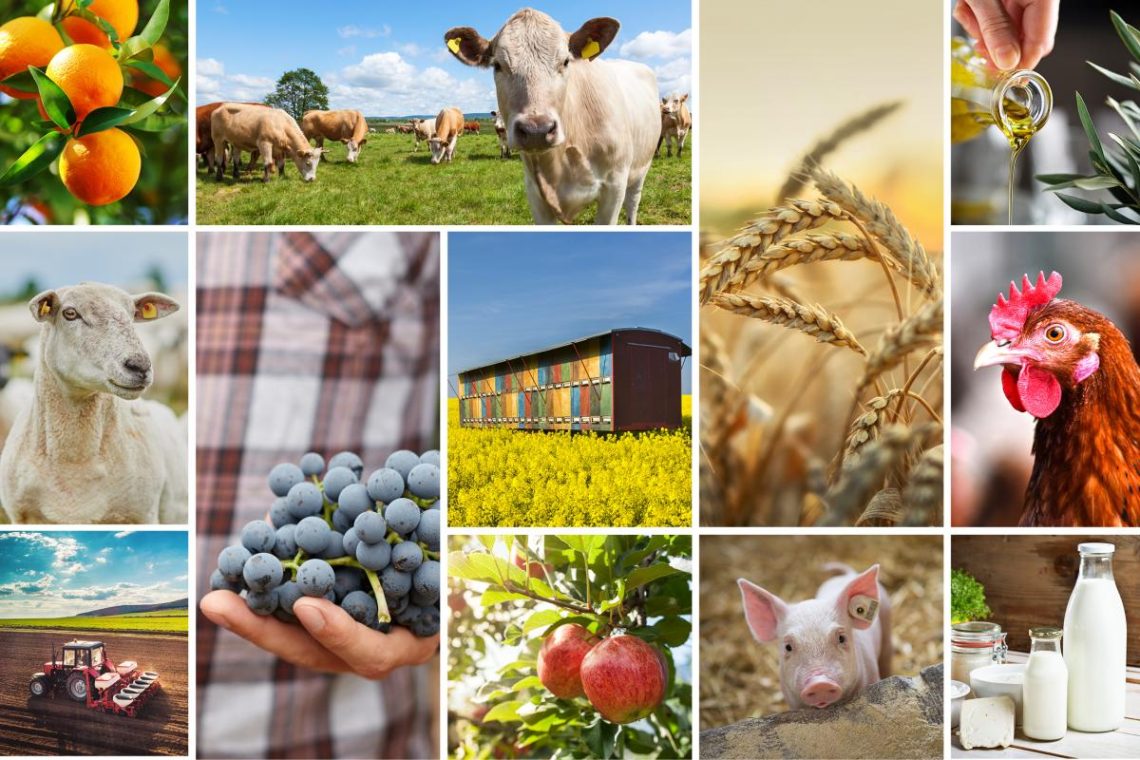
Short-term outlook of agricultural markets: uncertainty remains a constant feature of EU farming

Agriculture remains impacted by several events outside of farmers’ control, such as climate and geopolitical crises, which continue to exert pressure on farmers. These have implications on productivity, trade, consumer demand, prices and ultimately on farmers’ income. Since the last short-term outlook (autumn 2023) and despite some favourable but limited developments in input costs, their prices, including for energy, fertilisers and animal feed are significantly above pre-COVID levels. Uncertainties for the farmers arise also from the unpredictable extreme weather events, geopolitical conflicts that put pressure on agricultural markets, and economic factors such as still high interest rates and increased labour costs. Food prices remain still high, which, combined with low prospects for economic growth limit prospects for consumer demand recovery. Published today by the European Commission, the spring 2024 edition of the short-term outlook report for EU agricultural markets presents the latest trends and prospects for key agricultural markets.
EU farmers keep facing numerous challenges related to input costs which remain largely above pre-COVID levels despite a recent downward trend for some of them. EU fertiliser production continues to recover but imports stay at high levels. Since the beginning of the year, the Commission has taken a range of short and long-term measures to support EU farmers and address their concerns notably with regard to the administrative burden and their position in the food supply chain. The Common Agricultural Policy (CAP) also provides a predictable safety net for farmers and a supportive framework to accompany the sector’s transition towards more sustainability.
EU farmer’s price index declined compared with 2022 level but this reduction has not yet fully been transmitted to processor and consumers food prices which could potentially bring further relief to consumers. While the EU consumer food price index has stabilised since March 2023, it has increased on average by 43% compared to 2015. In certain EU countries, the increase has been more significant, like in Poland (+65%), or Lithuania (+69%).
Weather conditions have proved generally good for most winter crops and grassland, but wetness could be challenging for some northwestern parts of the EU. Given the unpredictability of extreme weather events and abrupt changes observed in the last year, current signals are to be treated cautiously.
Arable crops
2024/25 EU cereal production is projected to increase to around 278.5 million tonnes (+3% year-on-year), primarily driven by better yields. The wet conditions affected the cereal production in 2023/24 and made it sometimes difficult for farmers to access their fields to sow spring cereals. Overall, EU cereal imports in 2023/24 (July 2023-June 2024) could remain 17% higher than the 5-year average. However, improved logistics of the Black Sea corridor facilitate exports of Ukrainian grains to the global markets with less Ukrainian grains entering the EU.
The cultivation area and the yields for soya beans and sunflower seeds is increasing in 2023/24. Oilseeds and protein crops production is expected to increase in 2024/25, driven by an increase in soya bean, field peas and broad beans.
The rebound in EU sugar production is confirmed at 15.6 million tonnes. The high EU sugar price has however limited the recovery of consumption so far.
Specialised crops
EU olive oil production is expected to slightly recover in 2023/24 (October 2023-September 2024) after a record low harvest last year. The reduced supply is still driving up prices. This leads consumers to shift to other oils and fats or reduced an overall intake of oils. As a result, the EU consumption could be at its lowest historically in 2023/24.
Wine production in Italy and Spain has decreased significantly in 2023/24 (August 2023-July 2024) because of adverse weather conditions. EU wine consumption continues its decreasing trend, as younger generations prefer other types of alcoholic beverages, such as beers or cocktails, on top of a consumers’ lower purchasing power. The crisis distillation, authorised in summer 2023 by the European Commission, was put in place in several EU countries to remove around 33 million hectolitres from the market. Despite this intervention and production drop, stocks are not expected to follow.
Adverse weather conditions also impacted negatively the EU production of apples and oranges. EU exports of fresh apples and oranges are expected to decline sharply, and imports of oranges increase putting more pressure on domestic producers.
Milk and dairy products
Despite a continuously decreasing dairy cow herd (‑0.5%), EU milk supply is forecast to remain relatively stable in 2024 (+0.4%) which could be supported by increasing yields (+0.9%). EU countries experience contrasting situations, impacted differently by the weather or ongoing structural changes.
EU cheese production and exports remain strong and could continue to increase in 2024. EU exports of butter could also remain positive with a stable domestic consumption.
Meat products
The livestock sector is experiencing structural changes, driven mainly by a shift in consumer preferences from beef to poultry and by environmental constraints. EU per capita beef consumption in 2023 dropped to 9.7 kg (-4.7% year-on-year). The drop in consumption could continue by 2.8% in 2024. EU beef production could keep declining and this could sustain EU beef prices.
EU pigmeat production is experiencing a similar decline with -6.6% in 2023. The reduction could slow down at 0.4% in 2024.
Demand for poultry, as a cheaper source of protein, is still high. EU per capita consumption increased by 3% in 2023 and could grow by an additional 2% in 2024. Imports of poultry also continue to be high.
Updated balance sheets for the marketing year 2023/24 are included in the latest short-term outlook report and are also available in the agri-food data portal.

General publications3 May 2024
Report: EU agricultural markets short-term outlook – spring 2024
The short-term outlook for agricultural markets is published twice a year and is based on the latest data and information from market experts in the European Commission.





